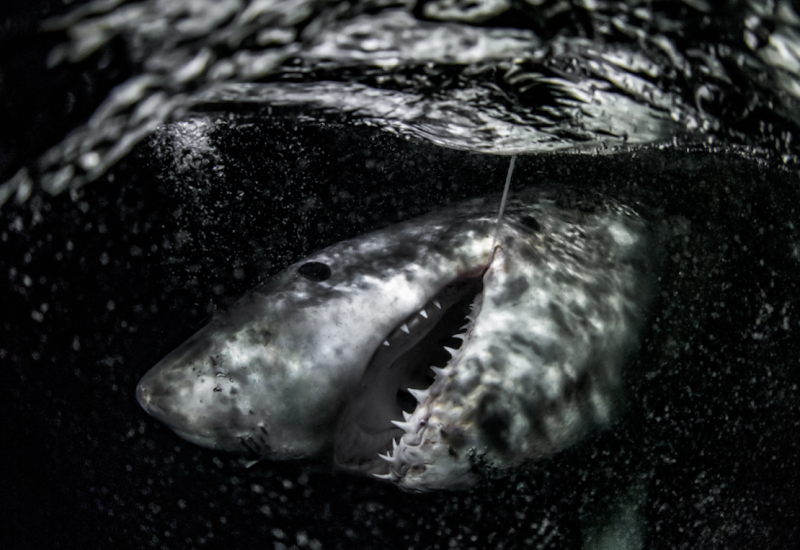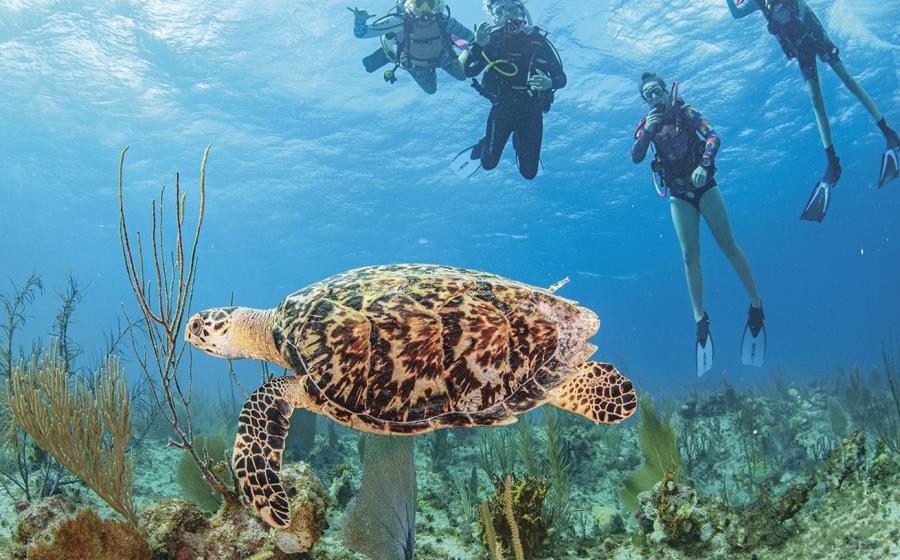Digital Photography 101: Shooting with a Snoot
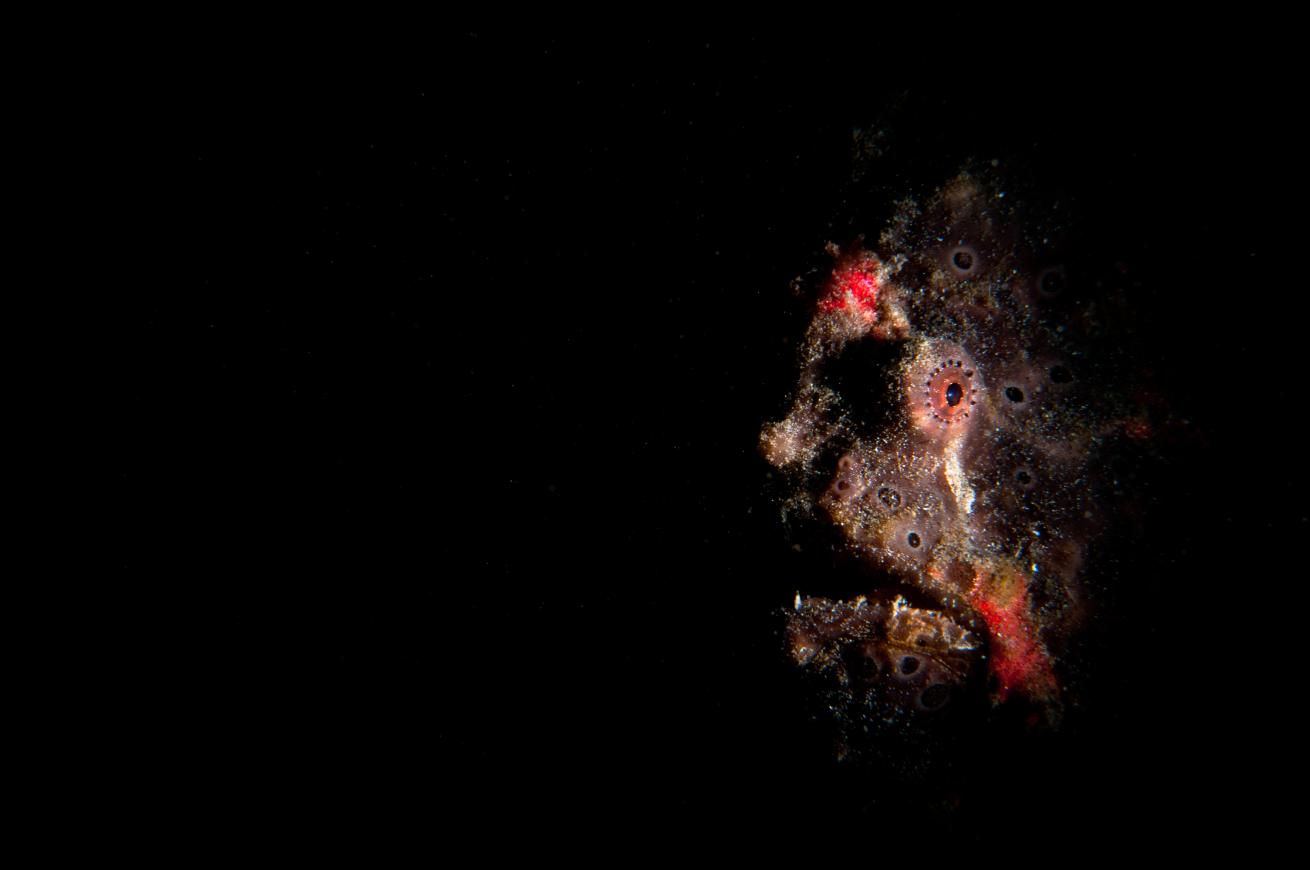
Christian Loader
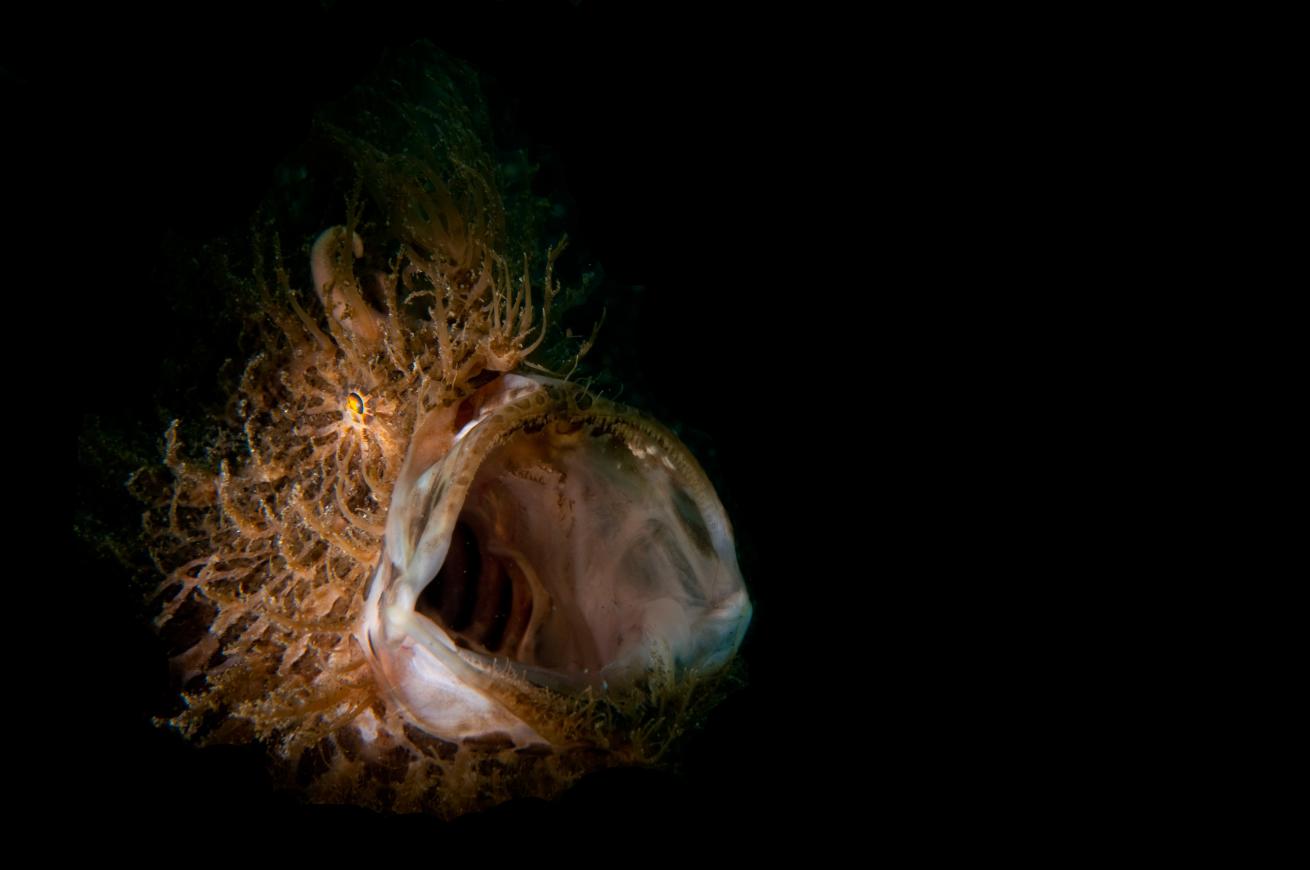
Christian Loader
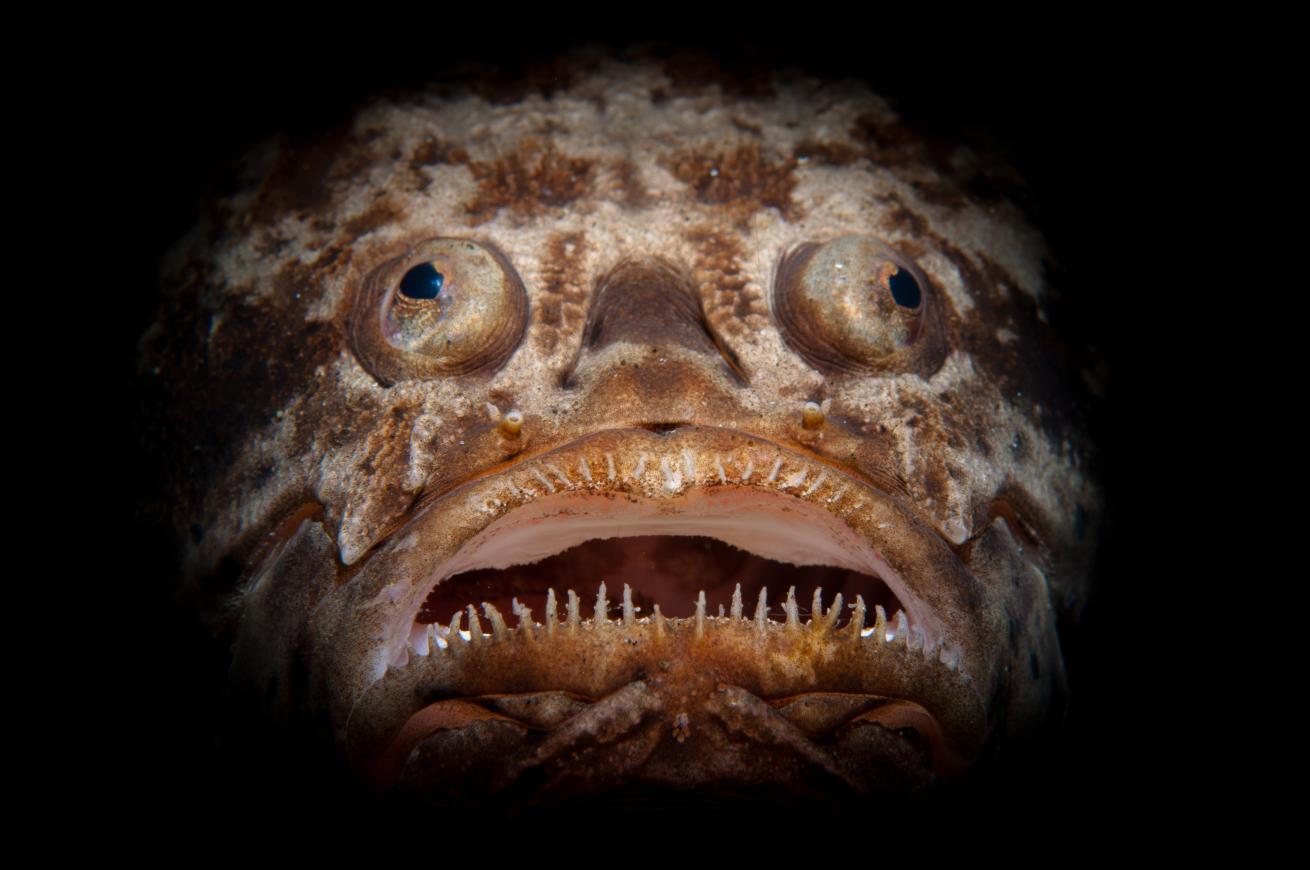
Christian Loader
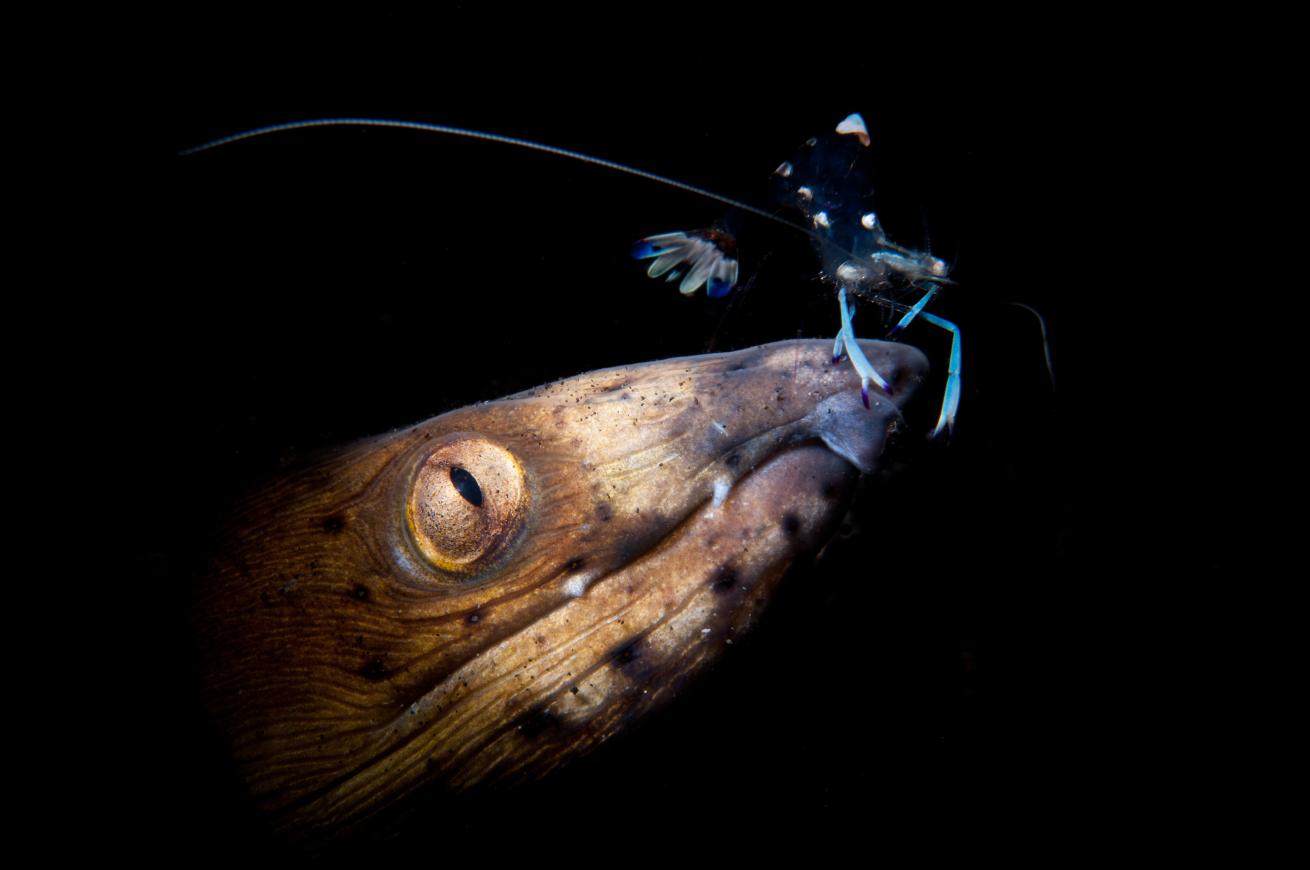
Christian Loader
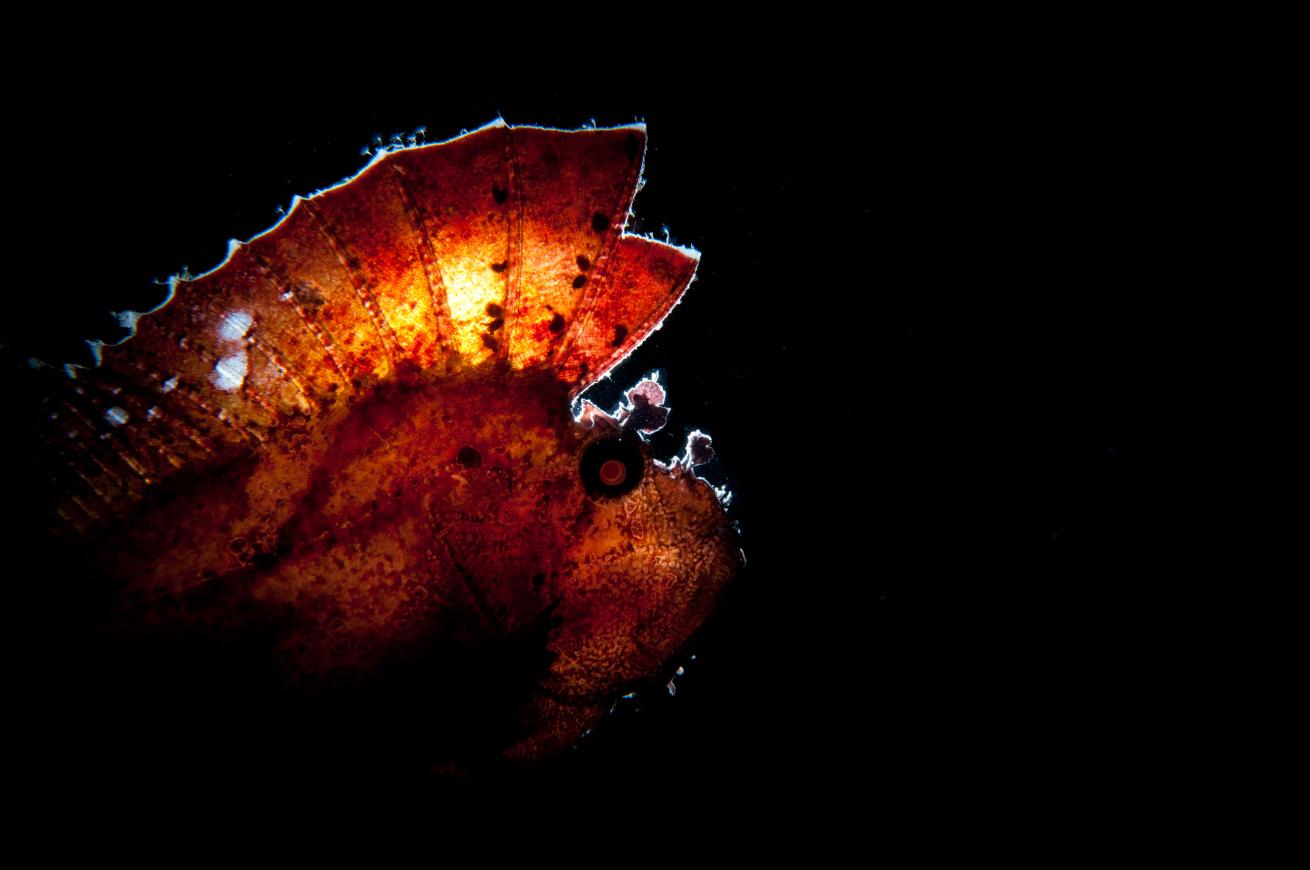
Christian Loader

Christian Loader
A snoot is a tube or similarly shaped object — available commercially or easily built with a few household items — that fits over a strobe, allowing the photographer to control the direction and shape of the light beam. Underwater photographers have been using snoots for years, but only recently we’re starting to see them used more often. Why? A snoot will make your subject stand out from a distracting background — it is a great piece of kit that will literally put your subject “in the spotlight”, and give you an artistic image with a black background. Here are six tips to get the most out of your snoot photography:
1. Practice on a rock first, to avoid damaging any animals with the end of the snoot. Use the focus light of your strobe to give you a “guiding light” on your subject. (This is tricky with strobes that have the focus light to one side, like the Inon D2000 and Z240, and it will take a lot of practice to counteract the difference between the guide light and the actual strobe light). If you’re just starting out, consider having your buddy hold the strobe/snoot while you control your camera. As you progress, aim to eventually be self-sufficient with your snoot set-up. That way you avoid any arguments with your buddy when you take a bad shot, and you'll only have yourself to blame!
- Use a high aperture of about f/20, and shutter speed about 1/125. In bright, sunny conditions a lower aperture can result in some light patches in your image, which should be completely black.
3. Find a static subject like a scorpionfish or nudibranch on a sandy/rubble area where you can kneel down and relax while you shoot your snoot. To attempt snooting while trying to hover off a wall, for example, is really difficult, and with both hands full you could damage the reef while trying. Moving subjects are incredibly tough to snoot, and require a bit of practice.
4. Snoot from different angles. With one hand holding the camera, and the other holding the snooted strobe, play around with your snooting angle and see what looks best. Snooting straight down will always give you the “spotlight” look with some background visible. Snooting from the side or slightly upwards will isolate the subject more.
5. As with “normal” underwater photography, think about your composition and the negative space in the image. Keeping the subject just off-centre usually looks best.
6. Fibre-optic snoots are becoming popular nowadays, but with these you will likely need your strobe on its highest power setting to get enough light through. Another great feature of snoots is their ability to bend, allowing you to backlight certain subjects for an even more creative result.
Once you find the right subject, a bit of patience and creativity will give you the best results with your snoot.
Christian Loader is a professional photographer for Scubazoo Images. He has worked extensively throughout Southeast Asia as an underwater videographer and photographer, and is currently based in Kota Kinabalu, Sabah, Malaysia.




